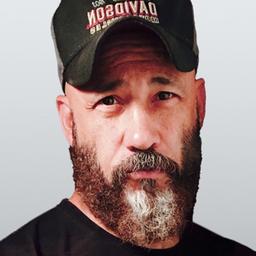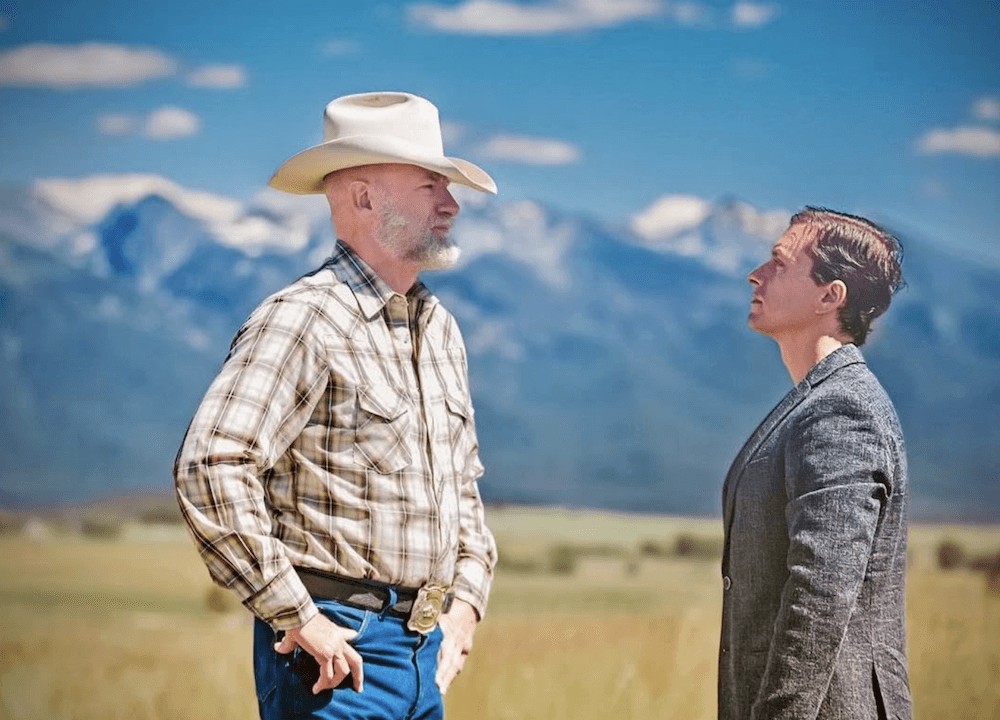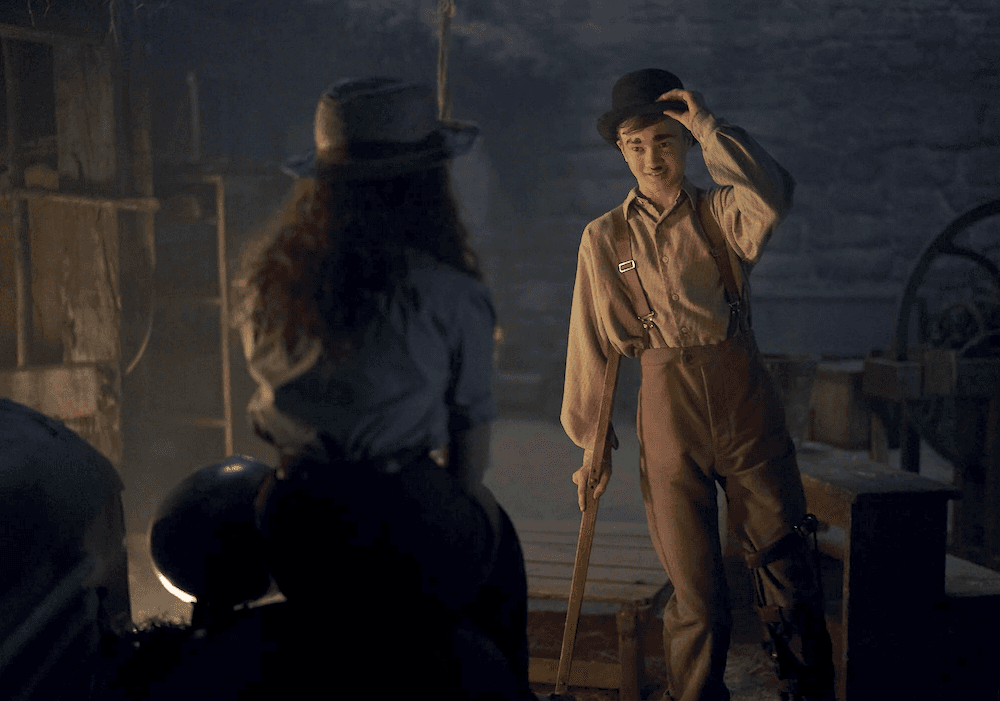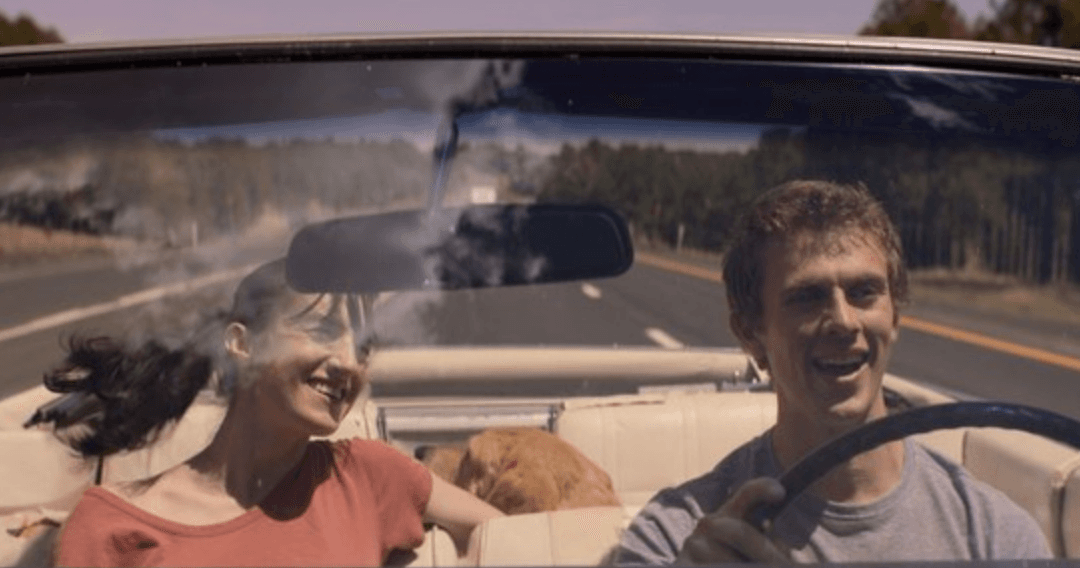PG-13 | | Action, Adventure, Fantasy | 4 November 2016 (USA)
A man gets sick. Medicine can’t cure him. So he goes searching in the East. He finds a spiritual teacher (or guru, sensei, lama, shifu, rebbe) and learns to cure himself through ancient practices.
This is typically how a path to spiritual enlightenment starts. And this is precisely the path depicted in “Doctor Strange,” the first Marvel movie to finally start telling the reality-based version of where Marvel comic book superpowers come from.
Scratch all that pseudo-science involving radioactive mishaps that begat Hulk, the Webslinger, and a whole mess of superheroes. That silliness got started during the Cold War when Americans were still planning on hiding under desks to (very effectively!) counter the coming A-bomb mushroom cloud.
But hard science has been taking the study of human supernormal abilities very seriously for a while now—like telekinesis, levitation, clairvoyance, precognition, and so on.
When I saw the strange strangeness Dr. Strange was up to in the very captivating “Doctor Strange,” I thought, “Aha! Now you’re talkin'!”
And So It Begins

Dr. Stephen Strange (Benedict Cumberbatch) is a brilliant, arrogant, self-involved New York neurosurgeon, much like the one William Hurt played in 1991’s “The Doctor.”
In an excellent lesson for the children, our not-yet-a-hero doctor texts while driving, landing his Lamborghini in a lake. The car’s fine—but the doc’s totaled. No more surgery for him. At least, not performed by him. Lots performed on him.
He whinges, whines, rants, insults his “bachelor’s degree” physical therapist, and especially insults his ex-girlfriend (and colleague), Christine (Rachel McAdams). The man just can’t get his destroyed hands to behave.
After his therapist gets a little payback by telling him about a paraplegic named Pangborn (Benjamin Bratt) who recovered enough to play a mean game of basketball, Mr. Strange (that’s doctor to you and anyone who dares call him “mister”) hits the road to Nepal.
Taking Up the Practice
Upon arrival, there follows the pooh-poohing by the know-it-all, would-be student of the described methodology; the enticing demonstration by the master; the immediate eye opening; the pleading for instruction; the rejection; and the camping out miserably on the doorstep until accepted.
Then, the arduous cultivation! The training! The martial arts stuff, like that of Luke Skywalker in “Star Wars” and Neo in “The Matrix.” And sorcery!

The student is stubborn. He can’t learn how to let go enough.
Now, they don’t actually say what he needs to let go of in order to stir up the requisite magic (known as gong energy in qigong practices) to open up a portal to another dimension, but what they’re talking about is letting go of attachments and addictions.
Remember Frodo and the One Ring? The ring symbolized human attachments and addictions. Gollum had to bite Frodo’s finger off to get rid of that ring—getting rid of human attachments is the hardest thing for humans. Dr. Strange is very attached to self-validation. Can’t let it go. So The Ancient One opens up a portal leading to a sub-zero Himalayan mountain peak and boots her student out there—making it a do or die situation. The test of life and death!
All of the above are classic enlightenment story components—and all are compellingly told here.

And Suddenly He’s Super-Strange
He’s finally gotten the hang of that portal-opening business. It goes like this: With what appears to be half a pair of brass knuckles on one hand, you do the “Gangnam Style” dance with the lassoing move out in front of you (instead of over your head) and voilà–you’ve created a sparking vortex that opens into another dimension/time-space. Pretty cool.

So, now that Dr. Strange’s latent supernormal abilities have been unlocked, he’s called on to step up, like all superheroes must, and save the world from former-student-gone-bad, Kaecilius (Mads Mikkelsen), who’s looking very glam rock and representin' for the cosmos’s dark forces. They chase each other in and out of alternate dimensions.

How does one depict shifting, alternate, “multiverse” dimensions? Mostly with trippy, folding, and kaleidoscoping man-made structures, accompanied by ratcheting sounds. And fractals. And in 3-D. And IMAX. And why not? It worked for me. Maybe there was a bit too much of it.

Eventually Strange hooks up with the Cloak of Levitation (“the relic must choose its owner”), an exceedingly Hogwarts (as opposed to Superman) type of cape that acts like a red velvet version of a Navy SEAL swim buddy. It’s got his back. Literally.
Cumberbatch Wins the Superhero Oscar
Benedict Cumberbatch is an actor’s actor. His only competition in the Marvel multiverse are Robert Downey Jr. and Mark Ruffalo. Gwyneth Paltrow and Rachel McAdams can handle these guys acting-wise in a normal movie, but they’re playing minimally written girlfriend roles in the Marvel-verse and therefore can’t get much traction.

What’s Really Going On
So, this is the Buddhist-Taoist version of superheroism. Actually the lowly, juvenile Western comic book fascination with all things of a cool, super-power nature springs from a deep, subconscious human desire for spiritual enlightenment. Carl Jung and Joseph Campbell would definitely weigh in here, were they not currently hanging out in an alternate dimension.
See, once the disciple has worked hard, sacrificed much, subjugated his giant New York surgeon ego, and become humble—truly desiring to save others from destruction out of pure compassion—his energy ramps up, his latent supernormal abilities unlock, and he can do the Gangnam Style dimension hop.
In the West, the energy that sets off the ability to see into multiverses and “have visions” is depicted by the old masters as the halos of saints and massive auras like that of Virgin de Guadalupe. And—if your dimension-hopping third eye was open and could see—Mother Theresa’s halo.
The Eastern parallel to Strange’s (and the Avengers’) saving of people and the planet, is that enlightened sages also vow to save the world’s people from self-destruction and the multiverse’s dark forces.
The Times They Are a-Changin’
Back in the ‘60s, we had hippies and Jack Kerouac talking about Buddhas and Dharma, and Beatle John Lennon putting the word “karma” in the minds of the masses.

Now we have shaved-headed Tilda Swinton as “The Ancient One” performing ancient esoteric abilities, such as removing the soul of her newest pupil, the mule-headed American doctor, from his body (she calls it his “astral body,” which is a term coined by spiritual scientist Rudolf Steiner). We’re getting this incredibly profound stuff in a mainstream comic book movie. And hippie-guru Bob Dylan just won a Nobel Prize.
Keep an eye out for the sacred hiding in the profane. Don’t underestimate these comic books.
‘Doctor Strange’
Film Review
Director: Scott Derrickson
Starring: Benedict Cumberbatch, Chiwetel Ejiofor, Rachel McAdams, Benedict Wong, Mads Mikkelsen, Tilda Swinton, Michael Stuhlbarg, Benjamin Bratt
Running Time: 1 hour, 55 minutes
Rating: PG-13
Release Date: Nov. 4
Rated 3.5 stars out of 5




